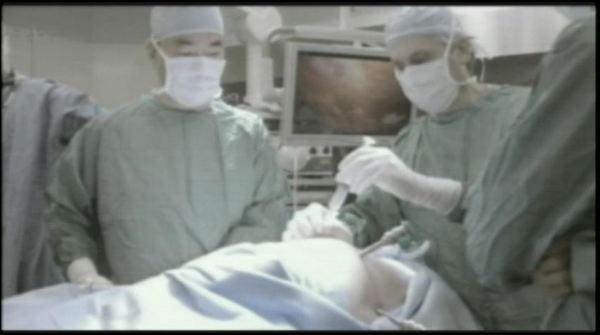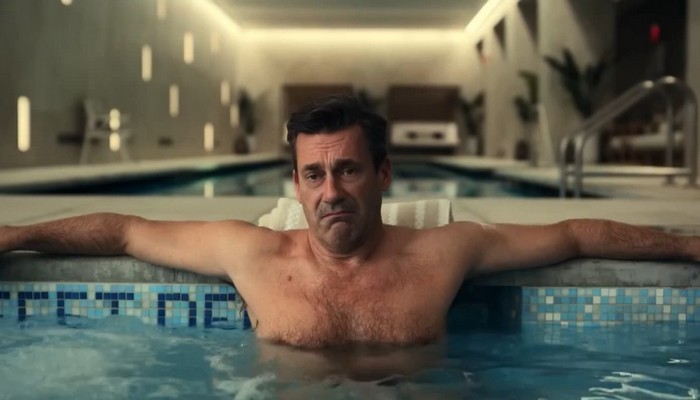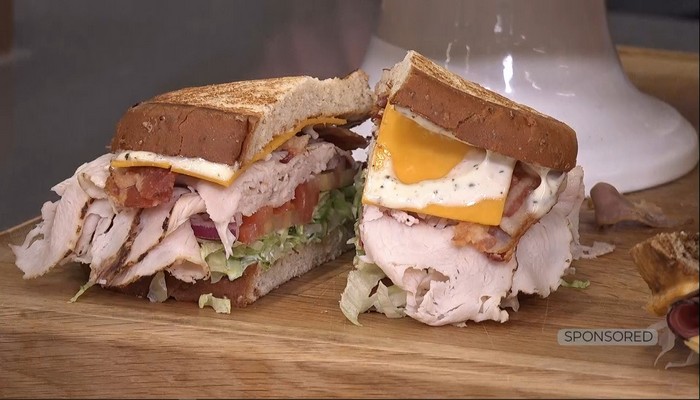
St. Joe’s expands robotic surgical system

[projekktor id=’12449′]
There was a lot of celebrating at St. Joseph’s Healthcare in Hamilton this morning. A $5 million donation by the Boris family, of Mountain Cablevision fame, is allowing for the expansion of the hospital’s robotic surgical system.
Wald Lesniak had major surgery 6 days ago, the removal of a fast growing tumor on his right lung. He was ready to leave the hospital the next day.
Though Wald’s level of fitness before surgery aided his recovery, the bulk of the credit goes to the method. Wald’s cancer was removed with robotics.
“Traditionally these surgeries, people would stay in hospital 6 or 7 days recovering just from the pain of the incision. So we’ve come a long way in terms of sending him home early and helping him recover,” says Dr. Wael Hanna.
The Da Vinci surgical robotic system has been used in the past for kidneys, prostate cancers and some uterine surgeries. But Wald was the first lung cancer patient in Hamilton and only the second in Canada.
“Dr. Hanna has the ability to take the most complex science of surgical medicine and bring it to layman’s level. That’s what convinced me,” he says.
“We know deep inside that it’s going to be the future of Thoracic surgery. So I gave him that pitch telling him that this technology we’d be able to give him a better operation,” says Dr. Hanna.
So what makes robotic assisted surgeries so superior? First they are minimally invasive. Though the naked eye sees less of the patient, the technology amps up a surgeon’s view.
“The robot has a 3D camera that magnifies up to 10 times what we see. So when I look through the robot I’m actually seeing all the little blood vessels, the little lymphatic vessels, the little cells that I wouldn’t have seen with my own naked eyes even if I had telescopes on my eyes.”
The robotic arms also improve a surgeon’s mobility.
“With the robot your eyes are inside the patient, your hands are inside the patient. You can tackle every little corner and you can really perform a better cancer operation.”







